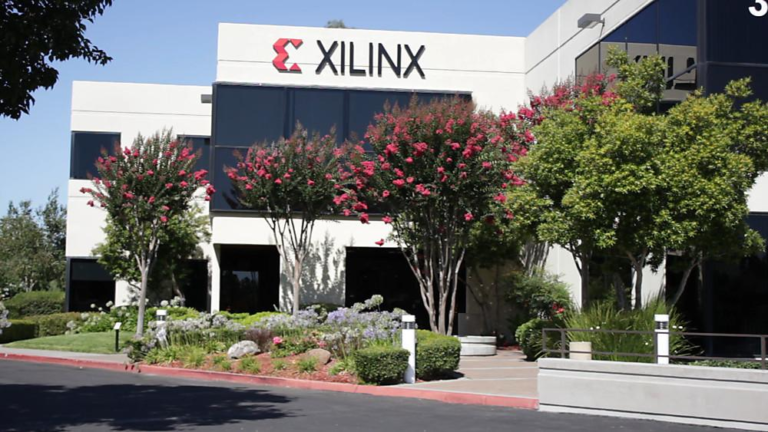Xilinx Inc. v. Commissioner of Internal Revenue
Table of Contents
PLEASE CLICK HERE TO VIEW THE JUDGMENT
The Xilinx Inc. case revolves around whether costs related to employee stock options (ESOs) should be included in the cost-sharing agreement (CSA) between Xilinx Inc. and its subsidiary Xilinx Ireland (XI) under U.S. tax regulations. The Ninth Circuit Court affirmed the Tax Court’s decision that these costs need not be shared, as unrelated companies operating at arm’s length would not share such costs. This judgment underscores the importance of adhering to the arm’s length standard in transfer pricing, significantly impacting multinational enterprises (MNEs) and revenue services.
Case Information
- Court: United States Court of Appeals, Ninth Circuit
- Case No: Nos. 06-74246, 06-74269
- Applicant: Xilinx, Inc., and Consolidated Subsidiaries
- Defendant: Commissioner of Internal Revenue
- Judgment Date: March 22, 2010
The Xilinx Inc. case revolves around whether costs related to employee stock options (ESOs) should be included in the cost-sharing agreement (CSA) between Xilinx Inc. and its subsidiary Xilinx Ireland (XI) under U.S. tax regulations. The Ninth Circuit Court affirmed the Tax Court’s decision that these costs need not be shared, as unrelated companies operating at arm’s length would not share such costs. This judgment underscores the importance of adhering to the arm’s length standard in transfer pricing, significantly impacting multinational enterprises (MNEs) and revenue services.
Key Points of the Judgment
Background
Xilinx Inc., a leading semiconductor company, established Xilinx Ireland (XI) in 1994 to expand its European market presence. Both entities entered into a Cost and Risk Sharing Agreement in 1995, which mandated that the costs of research and development (R&D) activities be shared in proportion to the benefits anticipated from new technology. However, the agreement did not explicitly address whether ESOs should be included in the cost pool. The Commissioner of Internal Revenue argued that Xilinx should include the ESO-related expenses in its cost-sharing calculations, leading to substantial tax deficiencies. Xilinx disputed this, asserting that unrelated companies at arm’s length would not share ESO costs, thus these should not be included.Core Dispute
The central issue in this case was whether ESOs granted to employees involved in R&D activities should be considered a cost to be shared between Xilinx and XI under the CSA. The Commissioner argued that all costs related to intangible development, including ESOs, should be shared, while Xilinx contended that such costs would not be shared by unrelated parties and thus should be excluded.Court Findings
The Ninth Circuit Court upheld the Tax Court’s decision that the arm’s length standard should prevail, meaning costs that would not be shared between unrelated parties should not be shared between related parties under a CSA. The court found that the regulations governing cost-sharing agreements were ambiguous and that the arm’s length principle should guide the interpretation.Outcome
The court affirmed the Tax Court’s ruling, thereby rejecting the Commissioner’s allocation of ESO costs in Xilinx’s CSA. The decision reinforced the arm’s length standard as the guiding principle in transfer pricing cases, particularly in determining which costs should be included in cost-sharing arrangements.Transfer Pricing Method Used
The court relied on the Arm’s Length Principle (ALP) as the core transfer pricing method, which requires that the terms and conditions of transactions between related parties mirror those that would be established between unrelated parties under similar circumstances.Major Issues and Areas of Contention
- Inclusion of ESO Costs: The primary issue was whether ESO costs should be included in the cost-sharing agreement. The Commissioner’s insistence on including these costs was met with resistance as it conflicted with the arm’s length principle.
- Interpretation of Regulations: There was significant ambiguity in the tax regulations concerning the inclusion of all costs in CSAs, leading to a dispute over whether specific rules or general principles should control the interpretation.
- Impact on Tax Parity: The decision hinged on whether the exclusion of ESO costs would disrupt tax parity between related and unrelated entities.

